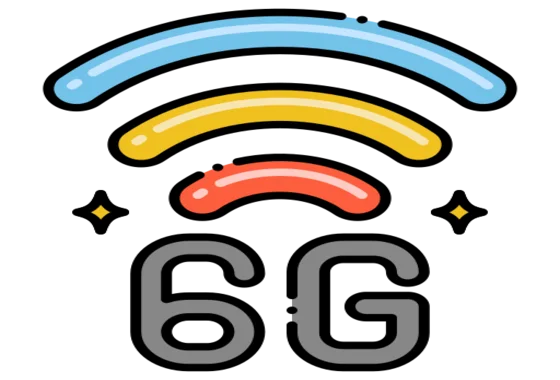6G & beyond hold immense potential. Faster, more reliable, and low-latency connectivity will revolutionize industries and daily life. #ConnectivityFuture
Introduction:
The world of connectivity has witnessed remarkable advancements over the years, from the advent of 2G to the widespread adoption of 5G. As technology continues to evolve at a rapid pace, experts and researchers are already looking beyond 5G to envision the future of connectivity. In this blog, we will explore the potential of the next generation of wireless technology, the challenges it may face, and the exciting possibilities it holds for industries and everyday life.
6G and the Need for Enhanced Connectivity:
The demand for faster, more reliable, and low-latency internet connectivity is ever-increasing. The emergence of the Internet of Things (IoT), augmented reality, virtual reality, and artificial intelligence applications require a more robust and efficient network infrastructure. Introducing 6G is seen as the natural progression to meet these demands and to cater to the exponential growth of connected devices.
Key Features and Objectives of 6G:
While 5G primarily focuses on higher data transfer speeds, 6G aims to be much more than that. It is envisioned to offer unparalleled connectivity, reaching data speeds of up to 1 terabit per second and latency as low as a few milliseconds. Ultra-reliable and energy-efficient communication will be the backbone of this new network. Moreover, 6G is expected to revolutionize industries like healthcare, transportation, manufacturing, and entertainment, enabling real-time applications that were once considered futuristic.
Technological Advancements:
The development of 6G requires a convergence of various cutting-edge technologies. Millimeter-wave (mmWave) communications, terahertz frequency bands, and massive MIMO (Multiple-Input Multiple-Output) systems are some of the critical components being explored to make 6G a reality. Additionally, advanced beamforming techniques, intelligent network slicing, and the integration of AI in network management will play pivotal roles in optimizing the performance of the future network.
Overcoming Challenges:
While the potential of 6G is promising, there are numerous challenges that researchers and engineers must overcome. Spectrum allocation, as seen with previous generations, will be a complex and critical task. Interference management, energy consumption, and security will also be among the top concerns that need to be addressed before 6G becomes commercially viable.
6G Applications in Various Industries:
6G is expected to usher in transformative changes across a range of industries. In healthcare, real-time remote surgeries and patient monitoring could save lives and improve healthcare access. The automotive sector could witness a significant boost in autonomous driving capabilities, with ultra-responsive networks enhancing road safety. Smart cities could become even smarter, with the seamless integration of IoT devices optimizing urban infrastructure and services.
Ethical and Societal Considerations:
As connectivity becomes more pervasive and integral to our lives, there will be ethical and societal considerations that must be carefully addressed. Privacy concerns, data ownership, and digital inclusivity are some of the critical areas that need to be safeguarded in the era of 6G.
The journey to 6G is still in its early stages, but the prospects of enhanced connectivity and revolutionary applications are awe-inspiring. As researchers, governments, and industries work together to pave the way for the future of connectivity, it is crucial to ensure that 6G technology is harnessed responsibly for the betterment of humanity. The potential benefits are vast, and 6G could reshape the world in ways we can only begin to imagine. The evolution beyond 5G is not just a technological milestone, but a gateway to an exciting new era of innovation and progress.










